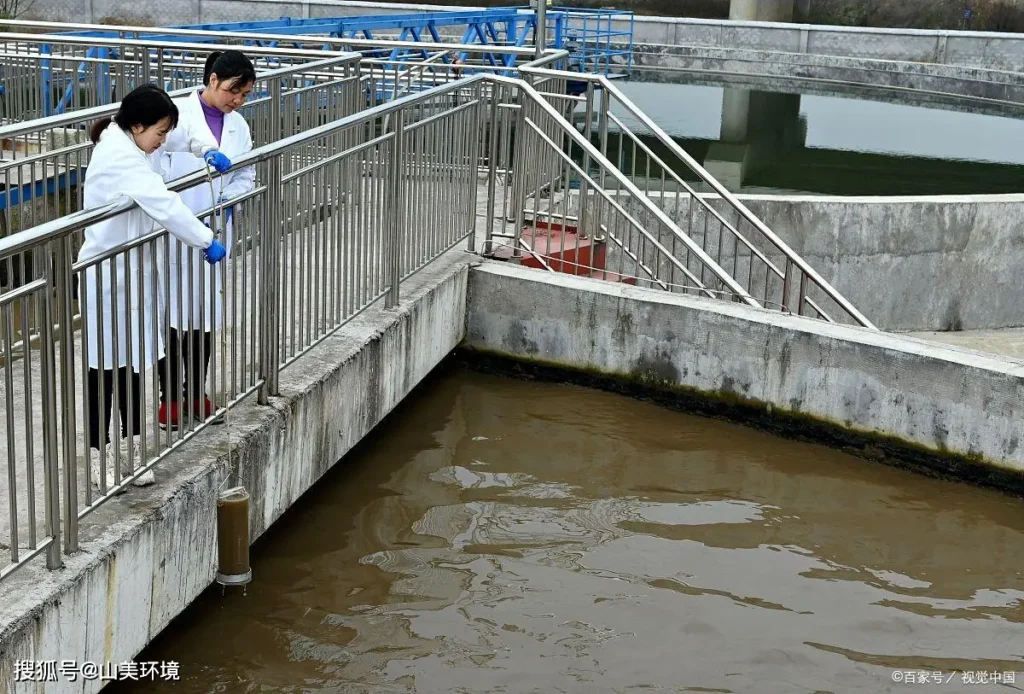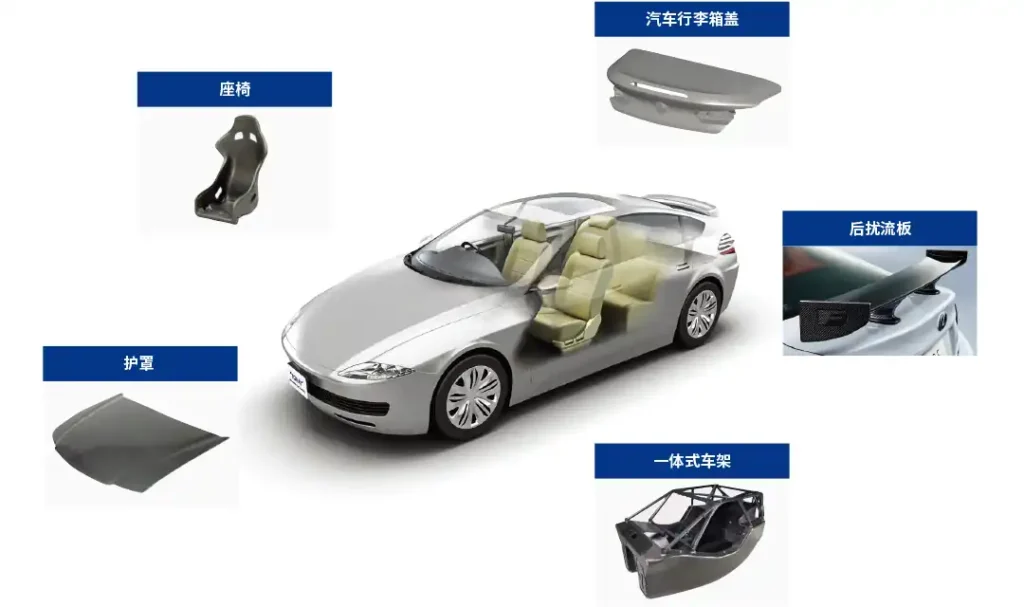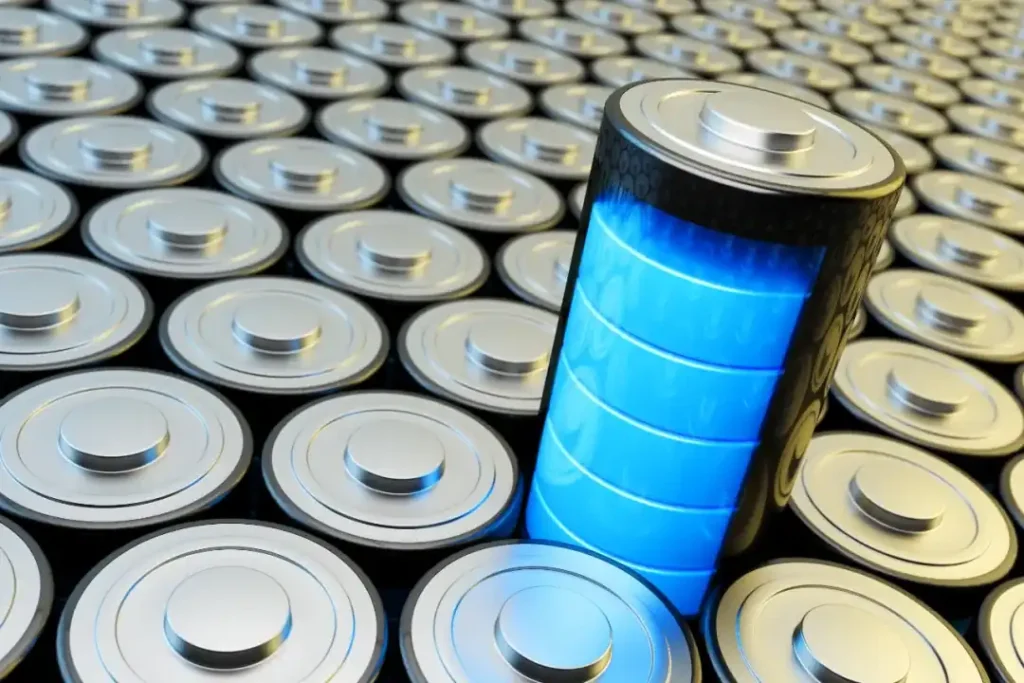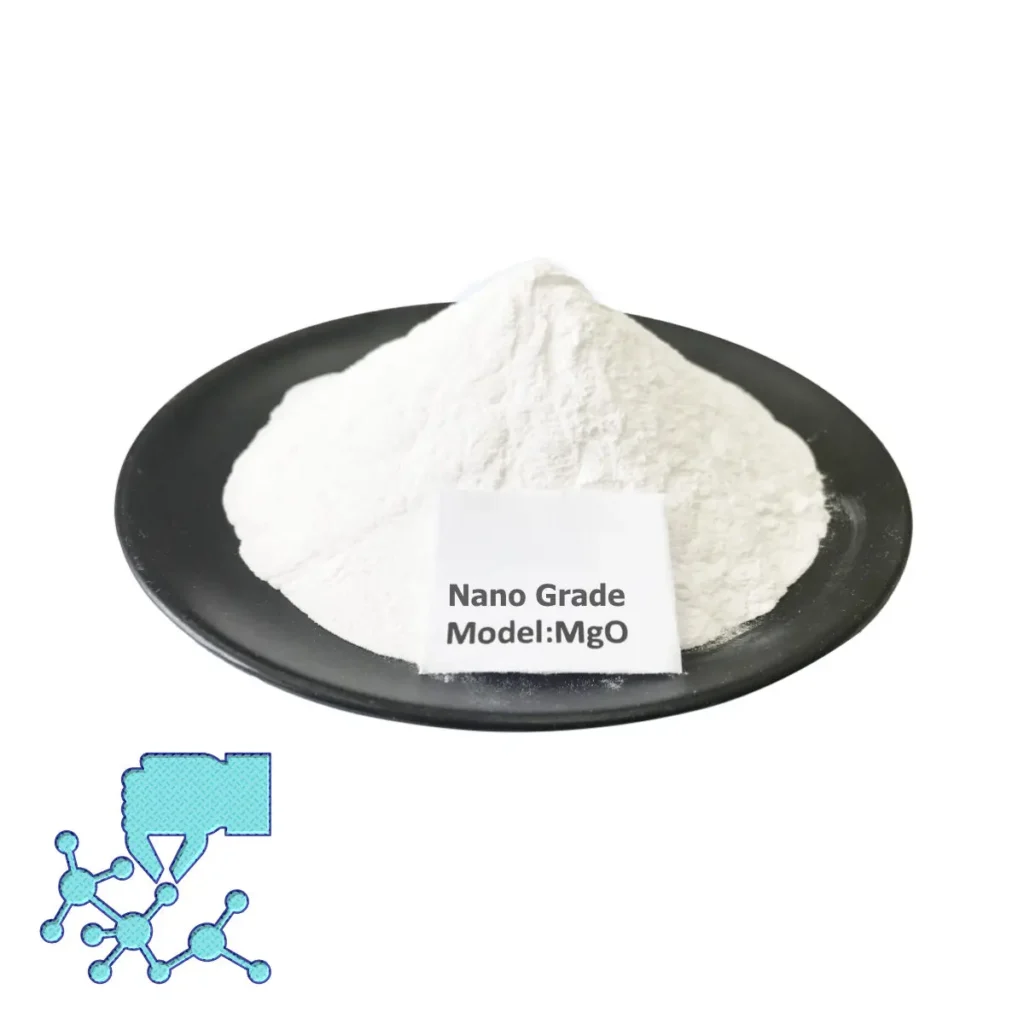Nano-magnesium oxide belongs to a new type of inorganic chemical materials with excellent electrical, optical, mechanical, magnetic and other properties, and also shows obvious advantages in the field of antibacterial. Based on the special antimicrobial properties and antimicrobial mechanism of nano-magnesium oxide, Messi Biology doped and composite modified nano-magnesium oxide in the hope of further improving its antimicrobial activity and broadening its application areas.
The surface modification of nano-magnesium oxide and its application in composite materials are mainly reflected in the following aspects:
I. Surface modification of magnesium oxide nanoparticles
Coupling agent method: inorganic nanoparticles are difficult to be dispersed in organic matter, for which coupling technology can be used. After the surface of nanoparticles is treated with coupling agent, it can produce good compatibility with organic matter. Coupling agent in this process plays the role of “molecular bridge”, one end of the chemical reaction with the surface of the inorganic material, the other end of the reaction or compatibility with the organic material, so that the two molecules with large differences in nature can be compatible.
Esterification reaction method: the reaction between metal oxides and alcohols is called esterification reaction, using esterification reaction to modify the surface of nanoparticles, the most important thing is to make the original hydrophilic and oleophobic surface into oleophilic and hydrophobic surface. The esterification reaction using primary alcohols is most effective, secondary alcohols are second, and tertiary alcohols are ineffective. This method is most effective for nanoparticles with weakly acidic and neutral surfaces.
Surfactant modification: fatty acids, resinous acids and their salts can generally be used as surfactants. When using surfactants for surface modification of magnesium oxide nanoparticles, surfactants that can chemically adsorb or precipitate coating with the surface of magnesium oxide nanoparticles should be selected as much as possible, because physical adsorption is easy to produce desorption due to external forces. This method is easy to operate, many varieties of modifiers, inexpensive, suitable for inorganic flame retardant powder, ultrafine reinforcing materials, inorganic pigments and fillers and other surface treatment.
High-energy surface modification: the use of corona discharge, plasma radiation, high-energy rays and other high-energy means to produce active points on the surface of nanoparticles, so as to achieve the purpose of modification and dispersion.
II. The application of nano-magnesium oxide in composite materials
Environmental protection: with its excellent adsorption performance and catalytic activity, nano-magnesium oxide plays an important role in pharmaceutical wastewater treatment, air purification and other environmental protection fields. It can efficiently remove heavy metal ions and organic pollutants in water, reduce the concentration of harmful gases in the air, and contribute to building a green ecological environment.

Biomedicine: Nano magnesium oxide shows great application potential in the field of biomedicine. Its unique biocompatibility and drug slow-release properties make it an ideal choice for drug carriers, helping to realize the precise release of drugs and targeted therapy. In addition, MgO nanoparticles can be used to prepare biosensors and medical imaging materials, providing powerful support for early diagnosis and treatment of diseases.

Material Science: The introduction of nano-magnesium oxide will promote the development of new composite materials. By compounding with other materials, nano-MgO can give materials excellent mechanical properties, thermal stability and corrosion resistance, providing high-performance material solutions for high-end manufacturing industries such as aerospace and automobile manufacturing.

In addition, nano-magnesium oxide can also be applied in the fields of batteries, electronics, magnetism and mechanics. For example, in the field of batteries, nano-magnesium oxide as an important electrolyte material can improve the energy density, power density and cycle stability of the battery; in the field of electronics, nano-magnesium oxide has good electronic properties and thermal stability, and can be applied in the field of insulating layer, thermal conductive layer and ceramic capacitors of electronic devices.

In general, the surface modification methods of nano-magnesium oxide are diverse, and its applications in composites are wide and the future development is promising.

